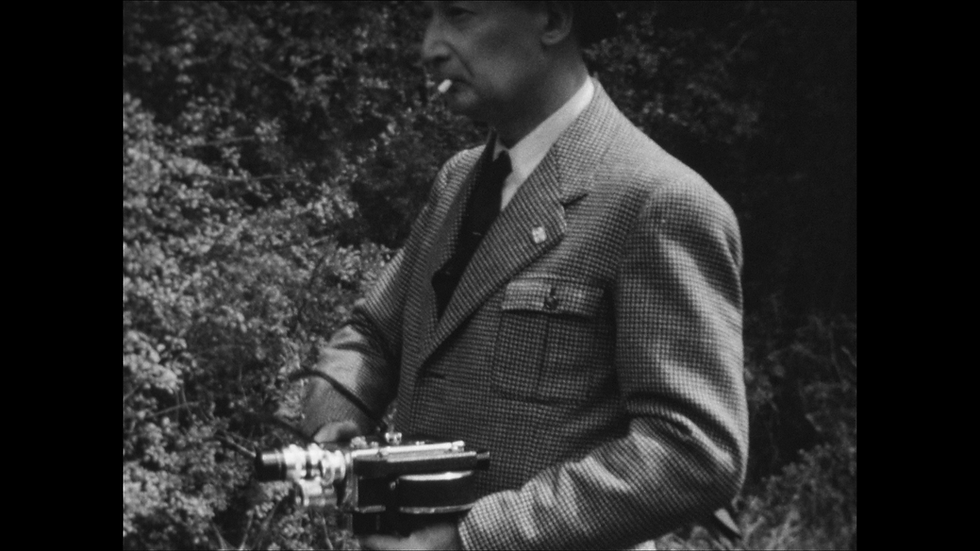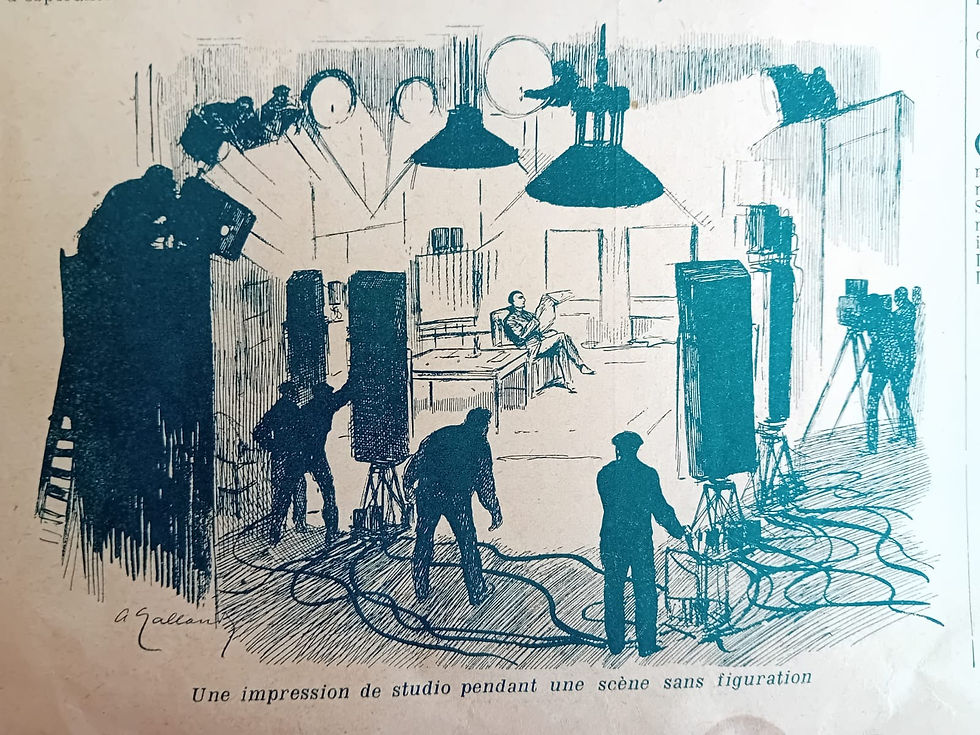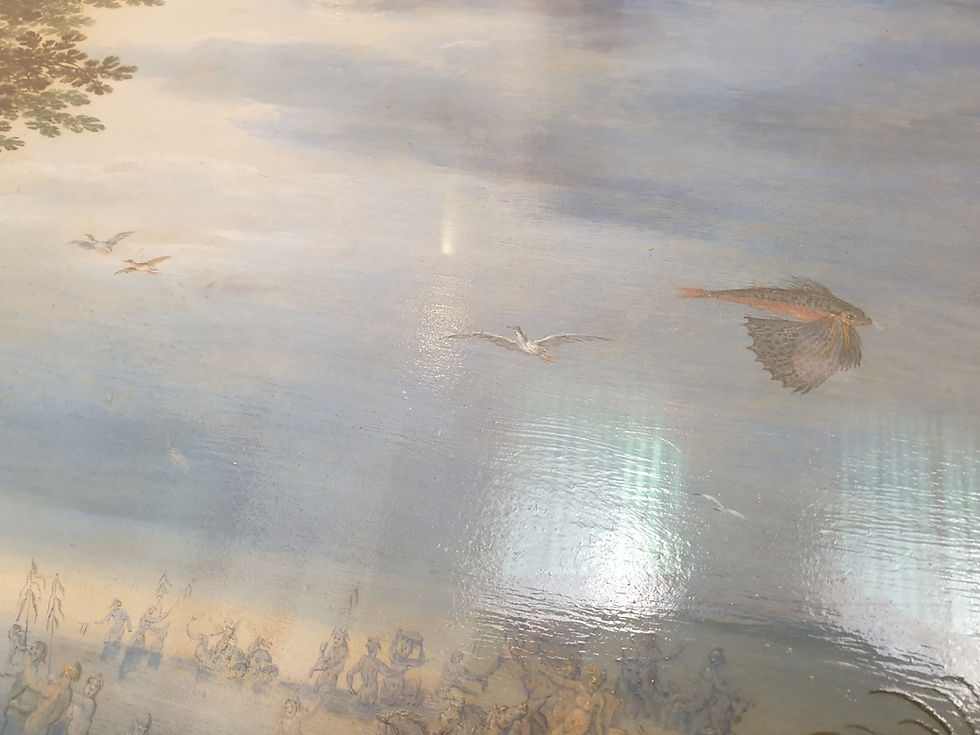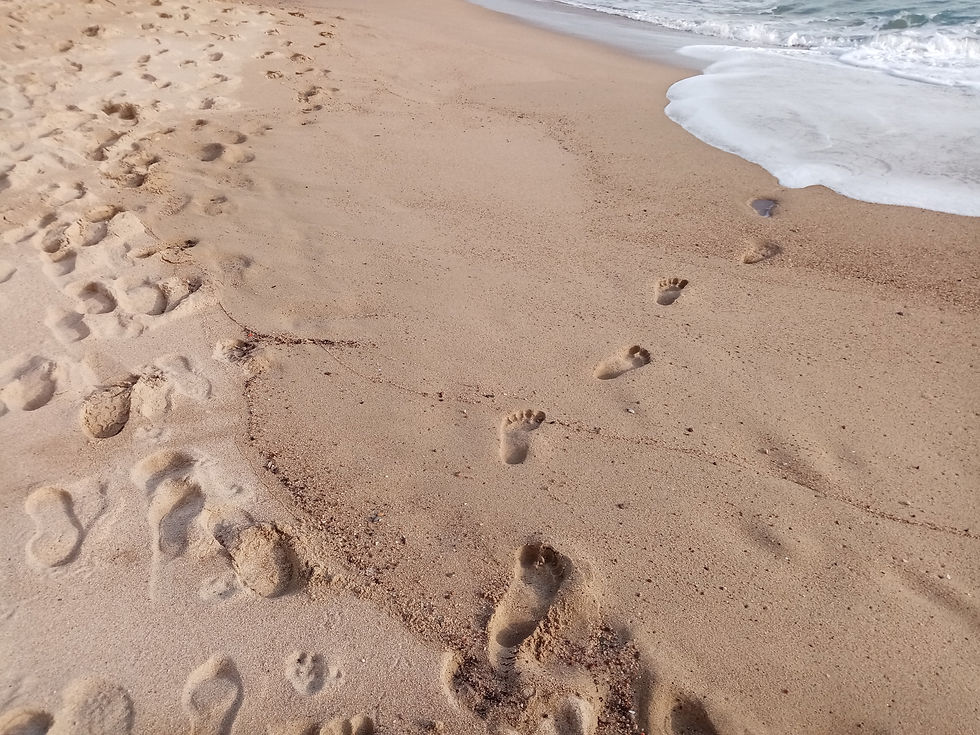KEYHOLE OF TIME. Chapter 1. Historical memory
- Marina Drozdova

- Jul 10, 2022
- 2 min read
Updated: Jul 21, 2022
Synopsis
The article relates the research of the amateur films language based on the study of L’agence régionale pour le livre et l’Image Ciclic Centre-Val de Loire collection and private collections. It also describes the Keyhole of Time special program, which is being created on the basis of this research; the program is intended for film festivals and universities.
Archived collections of amateur films could be found in different places in the world. But in France, however, the scale of movement for preservation of visual legacy as a historical memory of society is incomparable to that in any other country. Special entities, called the “visual memory” or “amateur cinema as social history”, operate in the regional cinematheques. Such as Cinémathèque de Nice, L’agence régionale pour le livre et l’image Ciclic Centre-Val de Loire, Cinémathèque de Toulouse, Cinémathèque des Pays de Savoie et de l’Ain, Institut Jean Vigo/Cinémathèque de Perpignan, Cinémathèque de Grenoble and others.
Gathering digitized collection of amateur footage (starting from 1930s) the CICLIC agency continues to digitize, describe and demonstrate its assets. For thirty years it has conducted the seminar-festival of the Inedits international organization, which since 1991 has inspired the international community to preserve and study amateur films and footage. The latest festival took place in November 2021 in the town of Issoudun.
We appreciate the support and participation in developing of our research project Ciclic Centre-Val de Loire, l’agence régionale pour le livre et l’image – Philippe Germain, Annaïk Le Ru, Rémi Pailhou, Joël Gehanin; Centre de la Mémoire Ville d’Issoudun – André Laignel; Cinematheque de Nice – Hervé Boudrand.
With our cinephilia syndrome we finally have come to the study of archival amateur footage. Why? For thirty years we were working as film archive researchers and day after day hour after hour we were screening 35mm reels of footage, filmed in 1900-1950th, searching for the evidences of rare historical events. The most interesting and intriguing footage was called non-edited film material: the footage, which documentary cameramen were sending to production offices directly from the sets (from front line of WW2 or from other filming sets).
But there is also another angle/aspect. A moment comes when scanning of rough drafts, references and notes on margins become the most fascinating intellectual pursuit. That is precisely why we started to study amateur filming samples – the unfinished, spontaneous cinematic essays, in which, however, one can distinctly hear the breathing of Time.




Comments